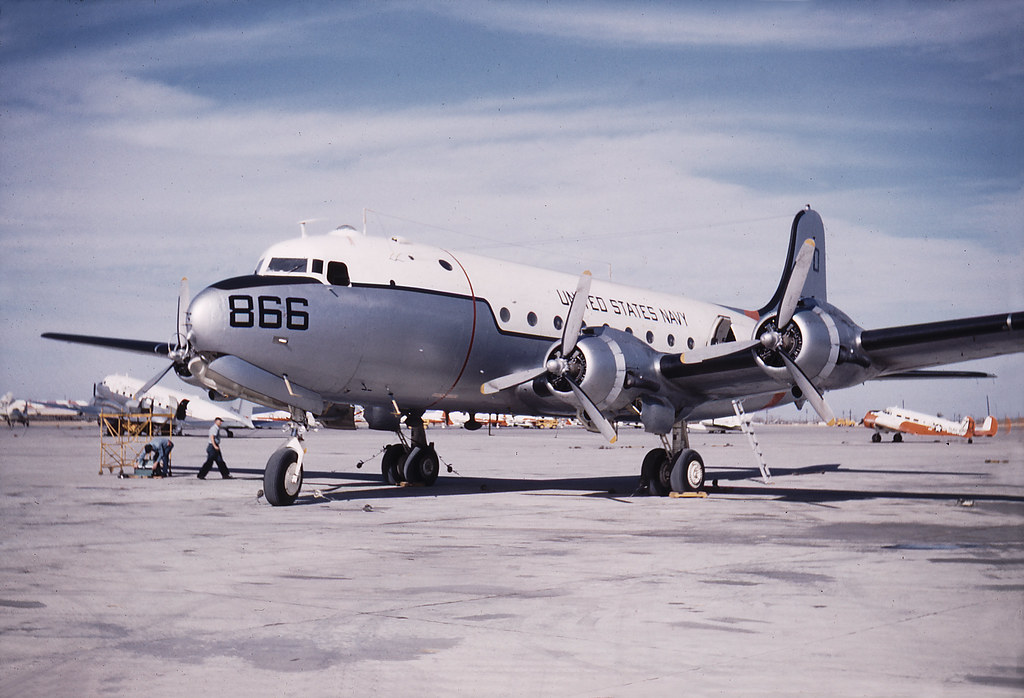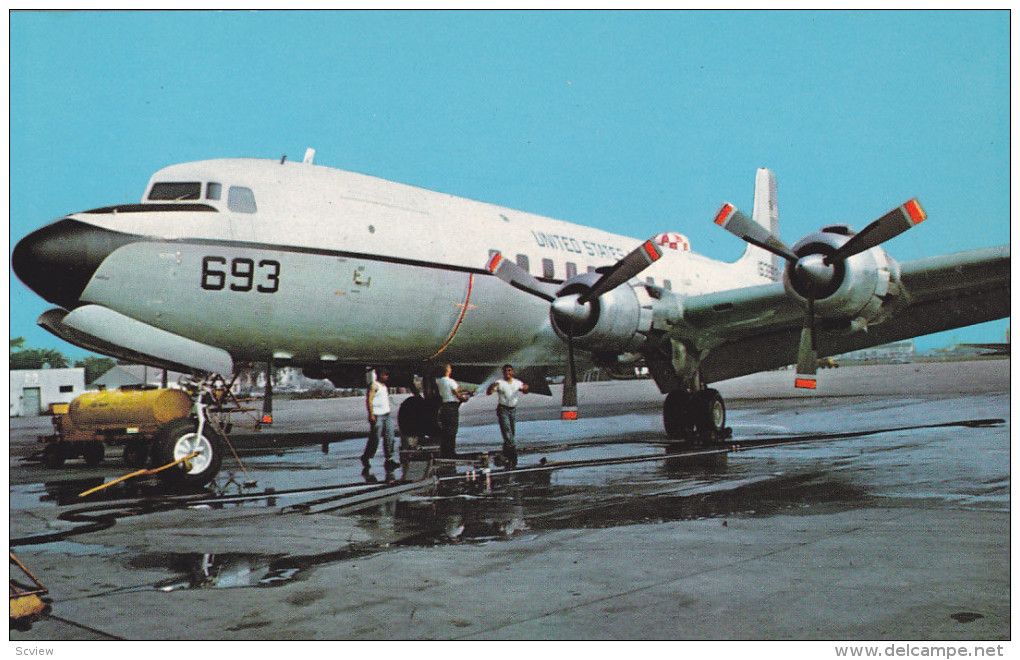farmrjohn
Pre-takeoff checklist
- Joined
- Mar 26, 2018
- Messages
- 405
- Display Name
Display name:
farmrjohn
After a 3 hour cross country flight I noticed some oil streaking from the cowl and along the fuselage. I wiped that down, inspected the engine, and the base of the #4 cylinder exhaust pushrod tube had a drop of oil on it, as well as some general oiliness inside the engine compartment on the left side. I wiped all of that down, flew for .8 hrs. and noticed more light oil streaks and another drop on the base of the pushrod tube. My mechanic took a look and said the oil appears to be coming from the base of the cylinder, most likely from the O-ring, and to repair would require pulling the cylinder to the tune of 6-8 hours of labor, plus parts. He said it wasn't an airworthiness issue and said as long as I didn't mind the wiping down there was no immediate need for repair. Engine is a mid to high time O-200A. Is this something that can wait until the next annual (Feb '19) or overhaul or should it be addressed now? I've seen comments on causing more problems due to changing torques and the status quo when attempting partial corrections.





